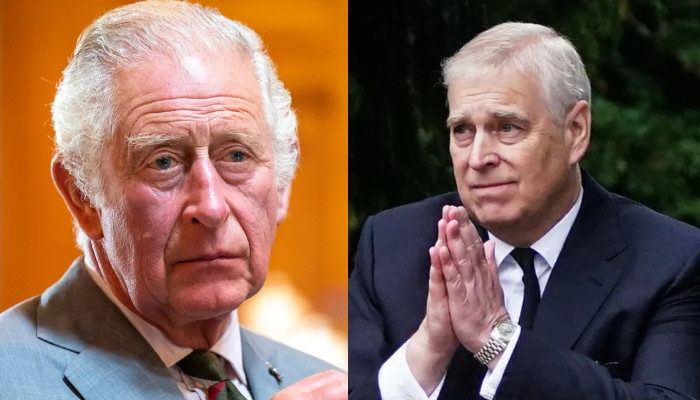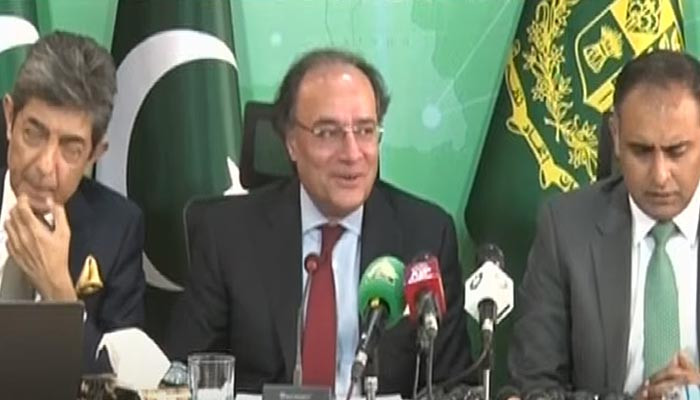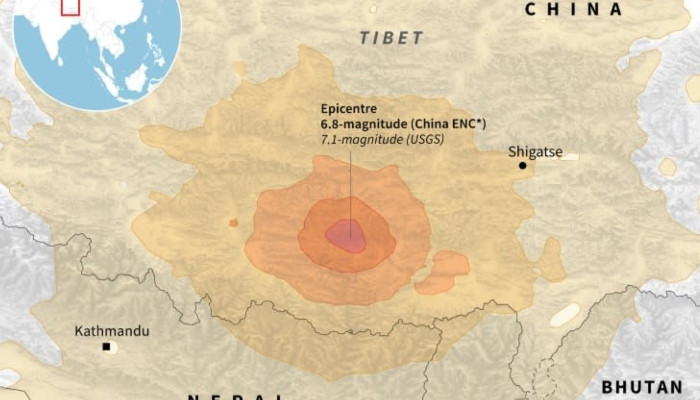Health
Connecting with South Asia
字号+ Author:Smart News Source:Sports 2025-01-15 08:06:03 I want to comment(0)
PAKISTAN’S bond with South Asian nations is weakening despite shared cultural heritage and historical ties. The enduring India-Pakistan rivalry has also affected Pakistan’s relations with other South Asian countries, especially in areas like economic connectivity and people-to-people exchanges. One of the few positive connections remaining is the popularity of Pakistani TV dramas, which, thanks to social media and YouTube, continue to attract audiences across India, Bangladesh, Sri Lanka, and Nepal. It remains to be seen how long the drama industry alone can sustain this cultural bridge amid escalating regional tensions. With no resolution in sight for the India-Pakistan conflict, Pakistan risks further isolating itself from South Asia. Pakistan’s regional connectivity remains limited, with flights only to Colombo and no links to other South Asian capitals. Meanwhile, Pakistan is fostering ties with Central Asia, where better flight connectivity signals economic opportunities. The Middle East is a key labour market and a cornerstone of its foreign relations. Pakistan maintains strong economic and political ties with the region despite the Gulf states’ growing alignment with India due to its rising global influence. For Pakistan’s elite and intelligentsia, the West is the West and always remains the primary focus, and no serious efforts have been made to explore alternatives or shift this orientation. The West dominates the global knowledge economy, reinforcing its appeal. However, China is emerging as a significant neighbour, with growing people-to-people exchanges and an increasing number of Pakistani students pursuing education there, alongside expanding trade relations. The extent of China’s influence on Pakistan’s sociocultural and political landscape still needs to be explored. How this influence shapes Pakistan’s middle- and lower-income classes, engaging with China through education and trade, remains to be seen. The impact of these evolving ties could bring significant transformations to the country’s socioeconomic fabric. However, disconnecting from South Asia would not be a simple path for Pakistan, as deep civilisational and cultural roots are not easily severed. Pakistanis living abroad often find themselves naturally associating with South Asians despite political tensions. Shared cultural elements, such as movies, dramas, music, and cricket, continue to forge bonds that are difficult to break. South Asia’s rich culinary heritage, while rapidly evolving through fusion, still captivates taste buds across the region and beyond. The region’s linguistic and ethnic diversity, while a source of political friction, also serves as a unique communication channel. It helps South Asians express shared experiences and contrasting narratives, in ways that reflect the region’s unity and complexity. Cultural elements preserve a sense of connection between Pakistan and its South Asian neighbours. It is often argued that Pakistan is distancing itself from its South Asian origins due to ideological and political motivations, with religious identity serving as a critical factor in aligning more closely with the Middle East and Central Asia. However, this rationale does not hold in the case of Pakistan’s relations with China or the West. If faith were the defining factor, it is worth noting that South Asia itself is home to a larger population of Muslims, particularly in India, Bangladesh, and Afghanistan, than many of the regions Pakistan seeks to align with. These South Asian nations and their Muslim communities maintain stronger people-to-people ties and cultural integration — ties that Pakistan increasingly lacks due to limited communication and interaction. This disconnect has fostered misperceptions about Pakistan in the region. Despite this, there remains a deep affection for Pakistani culture, sustained by shared traditions and the continued popularity of its dramas, music, and cricket. These cultural elements act as bridges, preserving a sense of connection between Pakistan and its South Asian neighbours, even amidst political and ideological divides. Pakistan’s strained relations with India drive its detachment from South Asia. India’s strategy of exerting diplomatic and political pressure on Pakistan to isolate it regionally has compelled Pakistan to seek alternatives beyond South Asia. Geographically, Pakistan shares no borders with its western South Asian neighbours apart from India, and when tensions escalate between the two nations, they inevitably impact Pakistan’s relations with other South Asian countries. From Pakistan’s perspective, diplomatic and political engagement with South Asia, excluding India, yields limited returns compared to its investments in the Middle East and, more recently, in Central Asia. The Middle East remains a cornerstone of Pakistan’s foreign policy due to economic ties and labour market opportunities, while Central Asia offers new avenues for trade and connectivity. This strategic shift reflects Pakistan’s prioritisation of regions where it perceives more significant economic and political dividends, even as its links to South Asia continue to erode under the weight of unresolved conflicts with India. There is a prevailing perception in Pakistan that western South Asia is heavily influenced by India, leaving limited scope for fostering meaningful political and economic relationships with countries like Bangladesh, Nepal, Sri Lanka, and the Maldives. The political landscape of South Asia is complex and often influenced by regime changes, which can significantly alter the dynamics of regional engagement. A recent example is Bangladesh, where the of Sheikh Hasina’s government poses challenges for India while presenting an opportunity for Pakistan to rebuild and strengthen its ties with Bangladesh. Such shifts highlight the fluidity of regional politics and the potential for Pakistan to recalibrate its relationships despite India’s overarching influence in the region. Pakistan should prioritise South Asia in its core external policies for the future and avoid falling into India’s trap of curtailing its regional ties. India’s arrogance and irrational approach towards Pakistan are evident on the global stage. A recent example is its not to send its cricket team to Pakistan for the Champions Trophy — a move widely criticised within the South Asian region. Pakistan’s leadership acknowledges the need to ease tensions with India and has consistently expressed a willingness to resume dialogue. However, India has yet to reciprocate these efforts. Pakistan, along with other South Asian nations, could collectively pressure India to reconsider its stance towards its neighbours and adopt a more constructive approach, but for this purpose, Pakistan would have to take up the tasks that the Pakistani dramas have taken up.
1.This site adheres to industry standards, and any reposted articles will clearly indicate the author and source;
 Related Articles
Related Articles-
Navigating American Dreams: A Guide to USA Visa Options for Pakistani Entrepreneurs, Businessmen
2025-01-15 07:58
-
PSX extends losses amid energy sector concerns
2025-01-15 07:14
-
PSX extends losses amid energy sector concerns
2025-01-15 07:10
-
PSX extends losses amid energy sector concerns
2025-01-15 05:52
 User Reviews
User Reviews Recommended Reads
Recommended Reads Hot Information
Hot Information- Indian actress Pragya Nagra’s nude video leaked online after Pakistani TikTokers’ scandals
- PSX extends losses amid energy sector concerns
- PSX extends losses amid energy sector concerns
- PSX extends losses amid energy sector concerns
- Mohammad Amir joins Imad Wasim in announcing retirement from international cricket
- PSX extends losses amid energy sector concerns
- PSX extends losses amid energy sector concerns
- PSX extends losses amid energy sector concerns
- Cop among two martyred as terrorists attack police checkpoint in DI Khan
 Abont US
Abont US
Follow our WhatasApp account to stay updated with the latest exciting content













